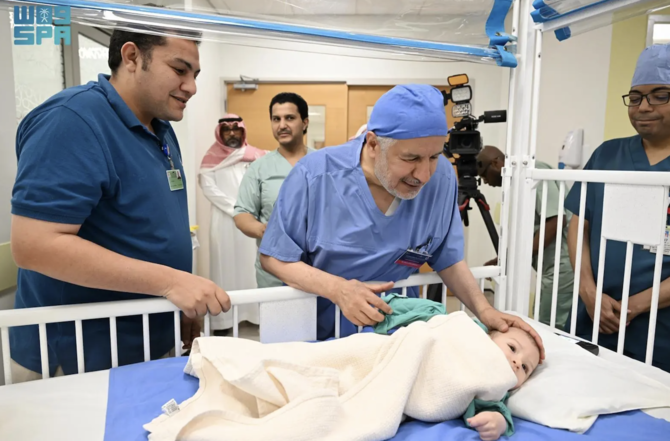RIYADH: Saudi Arabia’s Ministry of Culture on Wednesday launched the Arabian Leopard Story Competition, a digital contest for children and adolescents.
The competition, aligned with the International Day of the Arabian Leopard, runs until Feb. 10. Participants must create a short story with drawings using a ministry-provided template, focusing on the Arabian leopard, the need for preservation, and habitat enhancement in the Kingdom.
The competition includes four main stages, starting from receiving the entries and the launch of the digital platform from Dec. 26 to Jan. 16, then the sorting and filtering stage from Jan. 15 to 18, judging the entries from Jan. 21 to 25, and finally announcing and honoring the winners at a special event held on Arabian Leopard Day.
The competition has two categories: one for cubs aged 9 to 12, and the other for tigers aged 13 to 15. The top three cubs win SR4,500 ($1,200), SR3,000, and SR1,500. In the leopard category, the top three win SR6,000, SR4,000,
and SR2,000.
FASTFACT
HIGHLIGHT
Participants must create a short story with drawings using a ministry-provided template, focusing on the Arabian leopard, the need for preservation, and habitat enhancement in the Kingdom.
Participants must submit entries and required documents on the Ministry of Culture’s website, following specified formats and ensuring complete credibility. Individuals can submit their work in various categories, including thriller, action, horror, drama, science fiction, historical, or sports.
The Saudi Council of Ministers issued a decision on Jan. 18, 2022, designating Feb. 10 each year as Arabian Leopard Day. As a culmination of national efforts, the UN General Assembly issued a decision last June to designate the day as International Arabian Leopard Day.
The initiative aligns with the Kingdom’s and the Royal Commission for AlUla’s commitment to safeguarding the Arabian leopard, emphasizing its significant national and regional importance. It seeks to preserve the environment, raise awareness in the region, draw global attention to the threats facing this rare creature, and highlight long-term conservation plans.
In the Arabian Peninsula, the Arabian leopard represents beauty, tranquillity, physical strength and courage. For thousands of years, stories and novels based on the leopards have been passed down, along with pictures that have been found engraved in ancient rock art in the Kingdom.
Through this competition, the Ministry of Culture aims to activate international days, raise the level of awareness among children and adolescents about the Arabian leopard, and highlight and celebrate promising talents in writing and drawing.
It also seeks to consolidate the importance of the natural reserves in which the Arabian leopard lives, to enhance the status of the Kingdom as its natural habitat, and encourage the international community to preserve the breed from extinction through qualitative and motivational initiatives.


























